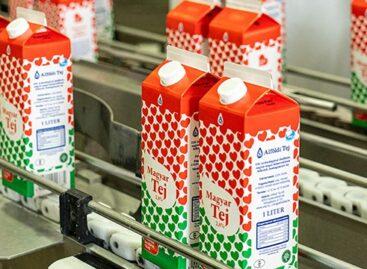Many confectioneries closed down in Hungary in the past year
The past four years have brought dramatic changes to the Hungarian catering industry, as a result of which a total of more than 5,400 catering establishments have disappeared. The series of disasters began at the beginning of 2020 with the mandatory closures introduced as a result of the coronavirus epidemic, and then continued with the negative impact of the energy crisis and inflation.

Restaurants are struggling with the increase in their annual maintenance costs, the decrease in purchasing power, and the lack of employees. Inflation and rising food prices put a particular strain on services, as the hospitality industry is highly dependent on food prices. According to the KSH (Central Statistical Office), there was a price increase of more than 30% in commercial hospitality in the first half of this year, well above the average inflation – the Financial Center points out.
How the number of different types of restaurants developed between 2019 and July 2023. The decrease in the number of restaurants, pastry shops, liquor stores, cafes and entertainment venues was particularly marked between 2020 and 2021, as a result of the coronavirus crisis. Although the number of workplace canteens increased between 2021 and 2022, a decrease is observed again by 2023.
Related news
Retirement almost halves your income on paper – it’s worth keeping this in mind and taking steps
🎧 Hallgasd a cikket: Lejátszás Szünet Folytatás Leállítás Nyelv: Auto…
Read more >Apples have become significantly more expensive in Hungary
🎧 Hallgasd a cikket: Lejátszás Szünet Folytatás Leállítás Nyelv: Auto…
Read more >KSH: industrial production decreased by 2.7 percent in October compared to the same period of the previous year, and increased by 0.5 percent compared to the previous month
🎧 Hallgasd a cikket: Lejátszás Szünet Folytatás Leállítás Nyelv: Auto…
Read more >Related news
The kings of the New Year’s Eve list: hot dogs and champagne in abundance
🎧 Hallgasd a cikket: Lejátszás Szünet Folytatás Leállítás Nyelv: Auto…
Read more >The Alföldi Tej case is drifting towards an uncertain outcome
🎧 Hallgasd a cikket: Lejátszás Szünet Folytatás Leállítás Nyelv: Auto…
Read more >The second big rush in department stores comes between the two holidays
🎧 Hallgasd a cikket: Lejátszás Szünet Folytatás Leállítás Nyelv: Auto…
Read more >






